- No products in the cart.
Torasemide-cs tab 5mg 60 pc
$7.61
Torasemide-cs tab 5mg 60 pc
Description
Composition
Active substance:
torasemide – 5 mg
Excipients:
lactose monohydrate (laktopress) (milk sugar) – 89.3 mg; pregelatinized starch (starch 1500) – 24.5 mg; colloidal silicon dioxide (Aerosil) – 0.6 mg; Magnesium stearate – 0.6 mg.
Description:
Tablets white or almost white, round, flat with bevelled cylindrical and the notch on one side.
Product form:
Packing 60 tablets.
Contraindications
Hypersensitivity to torasemide or to any component of the drug; in patients with allergies to sulfonamides (sulfanilamide antimicrobials or sulfonylureas); renal failure with anuria; hepatic coma and precoma; Refractory hypokalemia / refractory hyponatremia; hypovolemia (arterial hypotension or without) or dehydration; pronounced violations of the outflow of urine from any cause (including unilateral urinary tract disease); glycoside intoxication; acute glomerulonephritis; decompensated aortic and mitral stenosis, hypertrophic obstructive cardiomyopathy; elevated central venous pressure (above 10 mm Hg); hyperuricemia; simultaneous application of cephalosporins and aminoglycosides; age of 18 years; pregnancy, breast-feeding; lactose intolerance, lactase deficiency or glyukozogalaktoznaya malabsobtsiya.
CAREFULLY
Hypotension, constrictive atherosclerosis of the cerebral arteries, hypoproteinemia, predisposed to hyperuricemia, disorders flask of urine (dobrokach governmental prostatic hyperplasia, narrowing mo cheispuskatelnogo channel or hydronephrosis), ventricular arrhythmia in the history of acute myocardial infarction (increased risk of cardiogenic shock), diarrhea, pancreatitis, diabetes mellitus (impaired glucose tolerance), hepatorenal syndrome, gout, anemia; simultaneous use of cardiac glycosides, corticosteroids, and adrenocorticotropic hormone (ACTH).
Dosage
5 mg
Indications
• edematous syndrome of various genesis, incl chronic heart failure, liver, lung and kidney..;
• arterial hypertension.
Interaction with other drugs
Increasing the concentration and the risk of nephrotoxicity and oto- toxic action cephalosporins, aminoglycosides, chloramphenicol, ethacrynic acid, cisplatin, am- foteritsina B (due to competitive renal vyve of the conversation).
It increases the efficiency of diazoxide and theophylline reduces – hypoglycemic agents, allopurinol. Pressor amines and torasemide mutually reduce efficiency.
Drugs that block kanaltsievuyu se Kretz, torasemide increase the concentration in the blood serum.
With simultaneous use of corticosteroids, amphotericin B increased risk of hypokalemia, with cardiac glycosides – increases the risk of glycoside intoxication due hypokalemia (for high and low polarity) and prolongation of half-life (for low polarity).
Reduces the renal clearance of lithium and drugs increases the risk of intoxication.
Nonsteroidal anti-inflammatory drugs, sucralfate reduce diuretic effect by inhibiting prostaglandin synthesis, disorders of the renin activity in blood plasma and excretion of aldosterone. It enhances the antihypertensive effect of antihypertensive drugs, neuromuscular blockade depolarizing muscle relaxants (suxamethonium) and reduces the effect of non-depolarizing muscle relaxants (tubocurarine). Simultaneous treatment with large doses of salicylates on the background of torasemide therapy increases the risk of manifestation of their toxicity (because of competitive renal excretion). The sequential or simultaneous application of torasemide with inhibitors of angiotensin converting enzyme (ACE) inhibitors or angiotensin II receptor antagonists may lead to a strong reduction in blood pressure. This can be avoided by reducing the dose of torasemide or temporarily suspend it.
Simultaneous use of sat metotrek probenecid or may reduce the effectiveness of torasemide (same secretory pathway). On the other hand torasemide may reduce renal elimination of these drugs.
With simultaneous use of cyclosporin and increases the risk of torasemide gouty arthritis because the cyclosporin may cause disruption of the kidney urate excretion and torasemide – hyperuricemia.
It has been reported that patients with a high risk of developing nephropathy, taking into torasemide, the introduction of contrast media renal dysfunction were more common than in patients at high risk of developing nephropathy, which before the introduction of contrast media were performed intravenous hydration. The bioavailability and, consequently, torasemide effectiveness may be reduced by combination therapy with kolesti- Ramin.
Overdose
Symptoms amplified diuresis, accompanied by a decrease in blood volume and blood vodnoelektrolitnogo balance violation, followed by a pronounced decrease in blood pressure, somnolence and confusion, collapse. gastrointestinal disorders may be observed.
Treatment: No specific antidote. Provocation of vomiting, gastric lavage, activated charcoal. Treatment is symptomatic, a dose reduction or withdrawal of the drug and at the same time volume replacement and indicators of water and electrolyte balance and acid-base status under the control of serum concentrations of electrolytes, hematocrit, symptomatic treatment.
Hemodialysis is ineffective.
pharmachologic effect
Pharmacological group:
diuretic
Pharmacodynamics:
Torasemide is a “loop” diuretics. The maximum diuretic effect develops after 2-3 hours after ingestion of the drug. The main mechanism of action of the drug due to reversible binding TO- rasemida kontransporterom with sodium / chlorine / potassium ions located in the apical membrane that segmental thick ascending loop of Henle, causing reduced or entirely inhibited reabsorption of sodium ions and decreases the osmotic pressure of the intracellular fluid and water reabsorption. Aldosterone receptor blocking infarction; reduces fibrosis and improves myocardial function stolicheskuyu dia.
Torasemide less than furosemide, causes hypokalemia, wherein it exhibits higher activity and its action for a longer time.
The use of torasemide is an appropriate choice for a long-term therapy.
Pharmacokinetics:
After oral torasemide rapidly and almost half Nosta absorbed in the gastrointestinal tract. Food intake has no significant effect on the absorption of the drug. The maximum concentration of torasemide in blood plasma IU observed 1-2 hours after ingestion. Bioavailability is 80 – 90% with minor individual variations.
The diuretic effect is maintained up to 18 hours, which relieve th chaet tolerance therapy due to lack of very frequent urination during the first hours after ingestion of the drug, which limits patient activity.
Communication with the plasma proteins up to 99%. Apparent volume of distribution of 16 l.
It is metabolized in the liver with the help of the system isozymes of cytochrome P450. As a result of successive oxidation reactions, hydroxylation or three ring hydroxylation formed metabolite (M1, M3 and M5) that bind to plasma proteins by 86%, 95% and 97%, respectively.
The half-life (T1 / 2) and its metabolite torasemide comrade is 3 – 4 hours and not changed during chronic renal insufficiency. Total clearance of torasemide is 40 ml / min, renal clearance – 10 ml / min. On average about 83% of the administered dose excreted by the kidneys: in unmodified form (24%) and preferably in the form of inactive metabolites (M1 – 12%, M3 – 3%, M5 -41%). In renal insufficiency, T1 / 2 is not changed, T1 / 2 M3 and M5 metabolites increases. Torasemide and its metabolites are not significantly excreted in hemodialysis and hemofiltration.
In hepatic insufficiency in blood plasma concentration of torasemide is increased due to a decrease in hepatic metabolism of the drug. In patients with cardiac or hepatic insufficiency T1 / 2torasemida and metabolite M5 significantly increased drug accumulation is unlikely.
Pregnancy and breast-feeding
Torasemide not teratogenic and fetotoxic, crosses the placental barrier, causing disturbances of water and electrolyte metabolism and thrombocytopenia in the fetus.
Controlled studies on the use of torasemide in pregnant women have not been conducted, the drug is not recommended for use during pregnancy. It is unknown whether Torasemide passes into breast milk. If necessary, use Torasemide NW during lactation should stop breastfeeding.
Conditions of supply of pharmacies
Prescription.
side effects
The frequency of side effects is classified according to the recommendations of the World Health Organization:
very often:> 1/10 (> 10%); often from> 1 / 100do
special instructions
Apply strictly on prescription.
Patients with hypersensitivity to sulfanyl Lamido and sulfonylurea derivatives may be cross-sensitivity to the drug-Torasemide SOC. Patients receiving high-dose Torasemide SOC for a long period to avoid the development of hyponatremia, hypokalemia, metabolic alkalosis and recommended a diet sufficient content of salt and potassium application preparations.
Increased risk of vodnoelektrolitnogo balance disorders observed in patients with renal insufficiency. During the course of treatment is necessary to periodically monitor the concentration of electrolytes in blood plasma (including sodium, calcium, potassium, magnesium), acid-base status, residual nitrogen, creatinine, uric acid, and implement appropriate remedial treatment if necessary (with bolshey multiplicity of patients with frequent vomiting and amid parenterally administered fluids).
When new or worsening azotemia and oliguria in patients with severe progressive renal disease, it is recommended to suspend treatment.
Selection mode doses to patients with ascites on the background of liver cirrhosis should be performed in a hospital (violation as vodnoelektrolitnogo balance may lead to the development of hepatic coma). These patients shows regular monitoring of plasma electrolytes.
In patients with diabetes mellitus or impaired glucose tolerance require periodic monitoring in the concentration of glucose in the blood and urine.
In patients in an unconscious state, with hyperplasia of the prostate, narrowing of the ureters, urinary output should be monitored due to the possibility of acute urinary retention.
Influence of control transport and other mechanisms
During treatment, patients should refrain from driving and other activities potentially hazardous activities that require high concentration and psychomotor speed reactions (risk of dizziness and sleepiness).
Storage conditions
In a dry, dark place at a temperature not higher than 25 ° C.
Keep out of the reach of children.
Dosing and Administration
Inside, once a day, without chewing, drinking plenty of water. The tablets can be taken at any time of constant, regardless of the meal. Otechnyy syndrome in chronic heart failure
The usual initial dose is 10-20 mg once a day. If necessary, the dose may be doubled to obtain the desired effect.
Edematous syndrome with renal disease
The usual initial dose is 20 mg once a day. If necessary, the dose may be doubled to obtain the desired effect.
Edema syndrome with hepatic disease
The usual initial dose is 5-10 mg once daily. If necessary, the dose may be doubled to obtain the desired effect. The maximum single dose is 40 mg, it is not recommended to exceed (offline applications experience). The drug is used for a long period or until the disappearance of edema.
Arterial hypertension
The starting dose is 2.5 mg (2.1 to 5 mg tablets) once daily. In the absence of therapeutic effect during 4 weeks the dose was increased to 5 mg once a day. In the absence of adequate blood pressure reduction upon receiving a dose of 5 mg once a day for 4-6 weeks the dose was increased to 10 mg once a day. If the application of the preparation in a dose of 10 mg per day does not give the desired therapeutic effect in added circuit hypotensive drug other group.
Elderly patients No dose adjustment is required.
Information
Appearance may differ from that depicted in the picture. There are contraindications. You need to read the manual or consult with a specialist
Additional information
| Weight | 0.100 kg |
|---|---|
| Manufacturer | NORTH STAR |

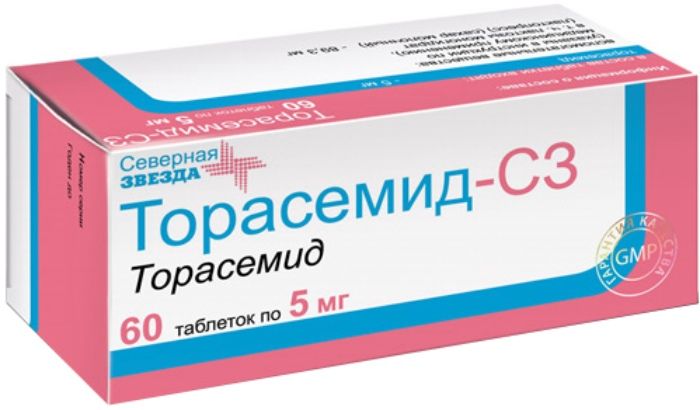
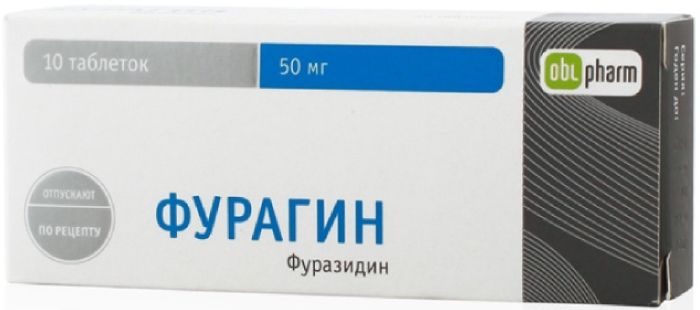
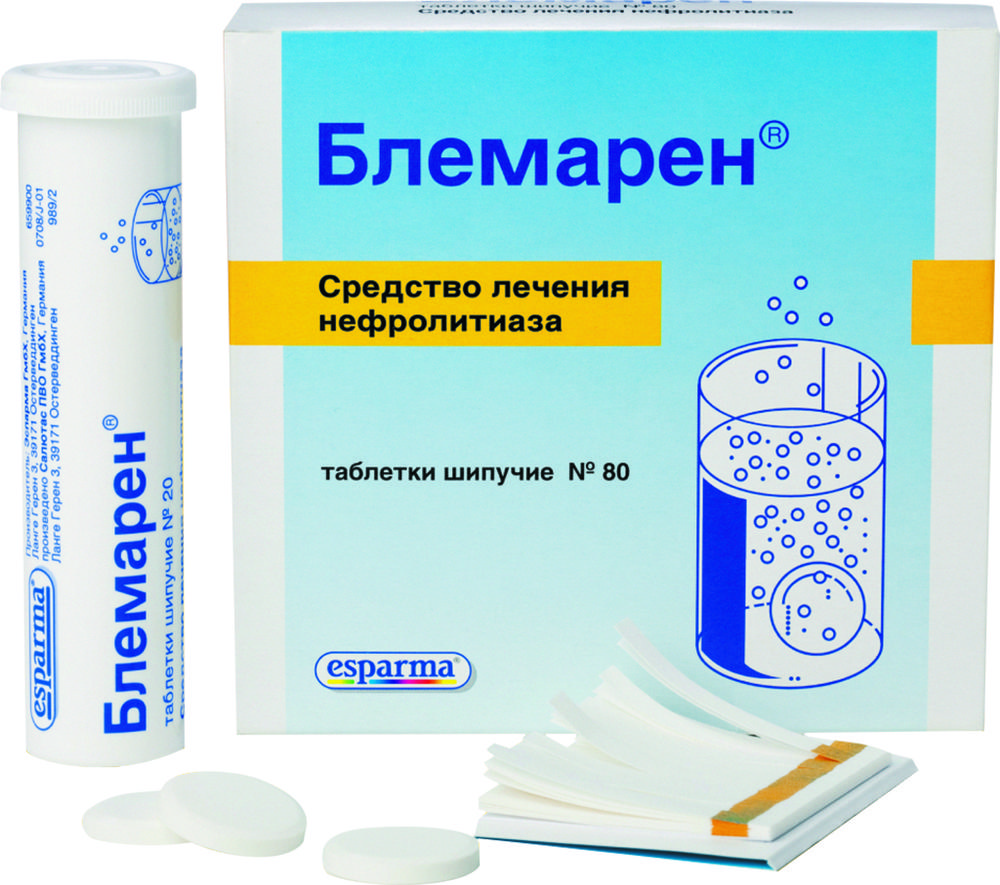
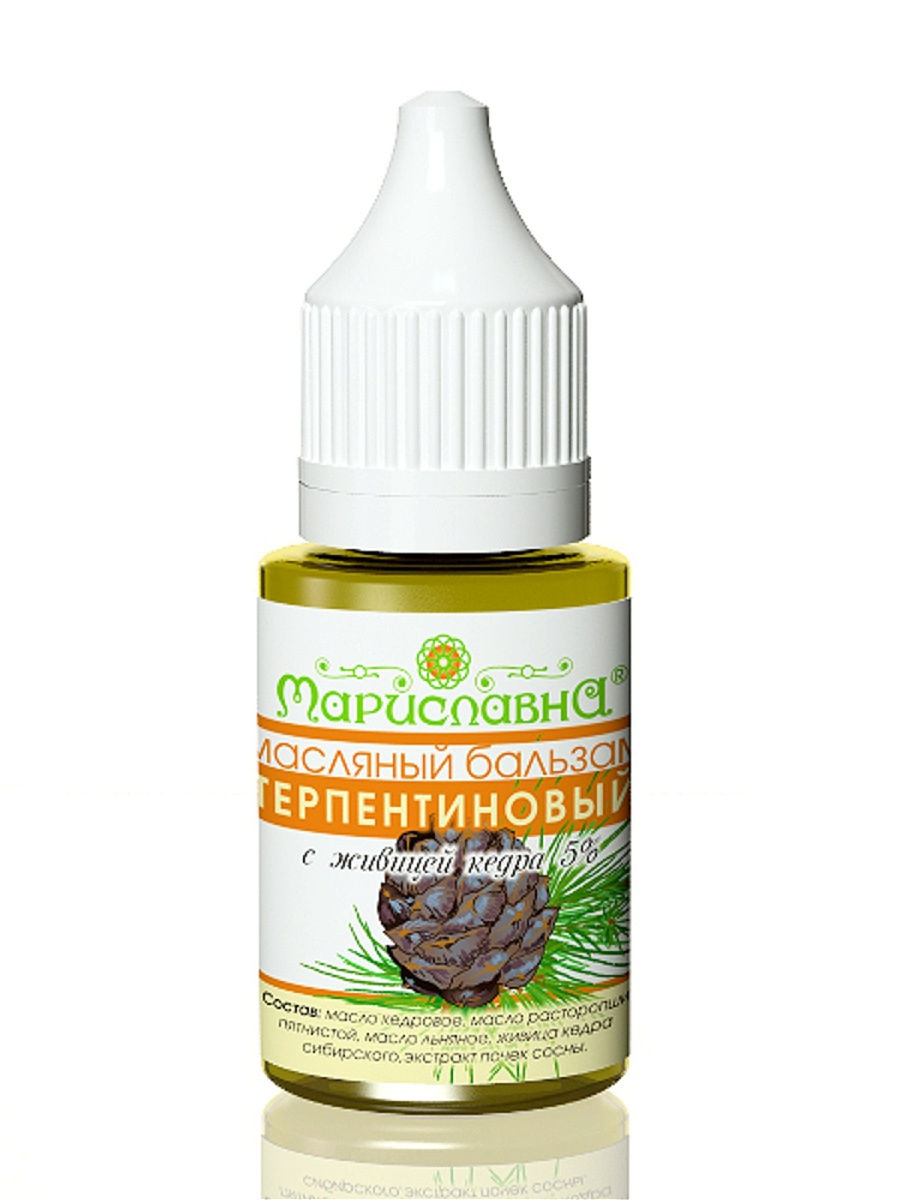
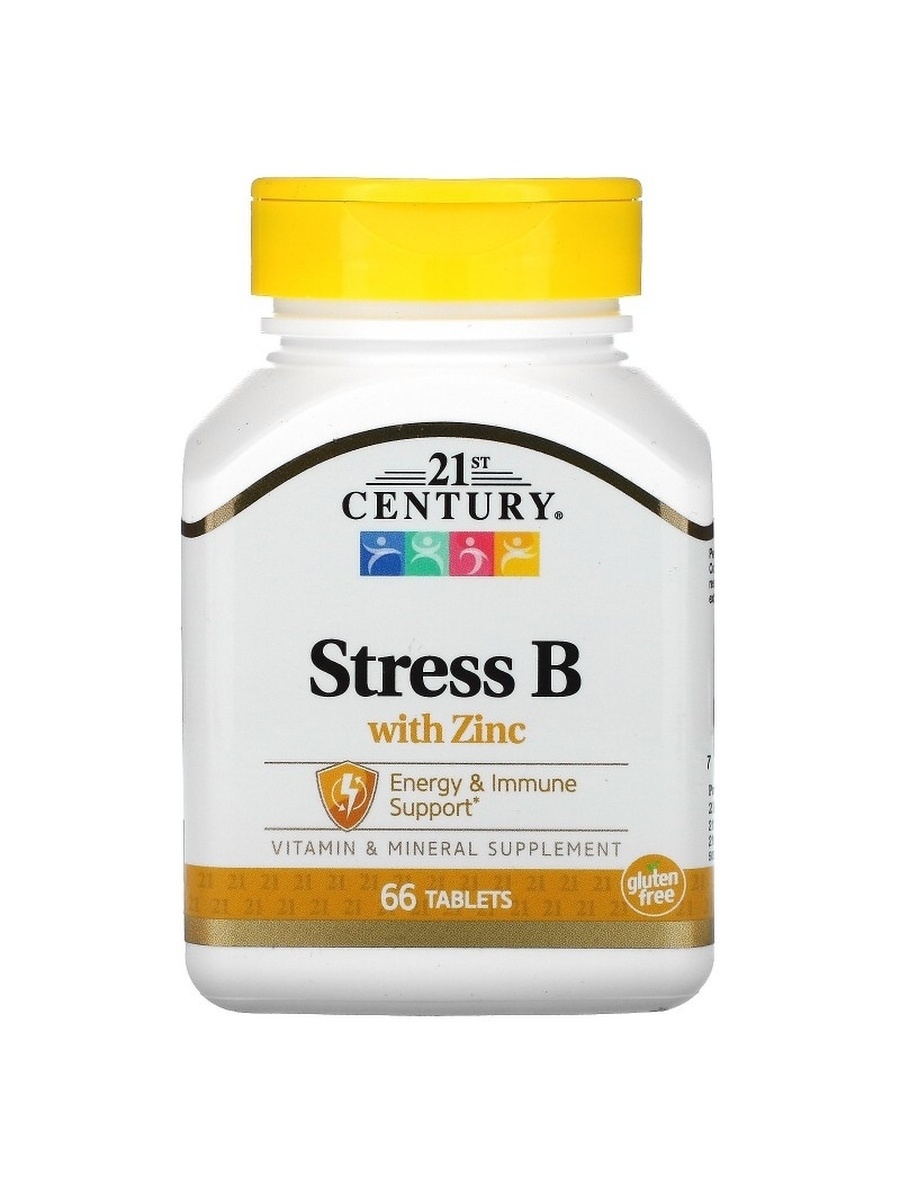
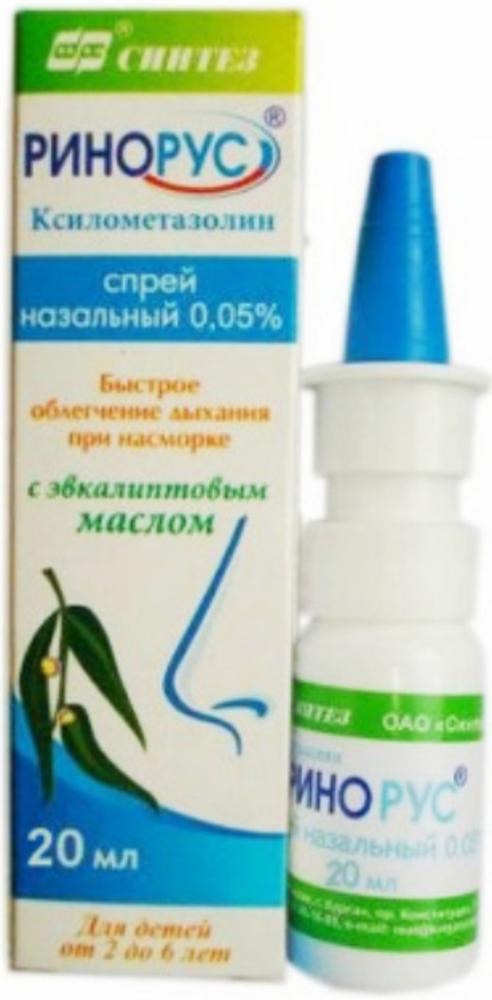
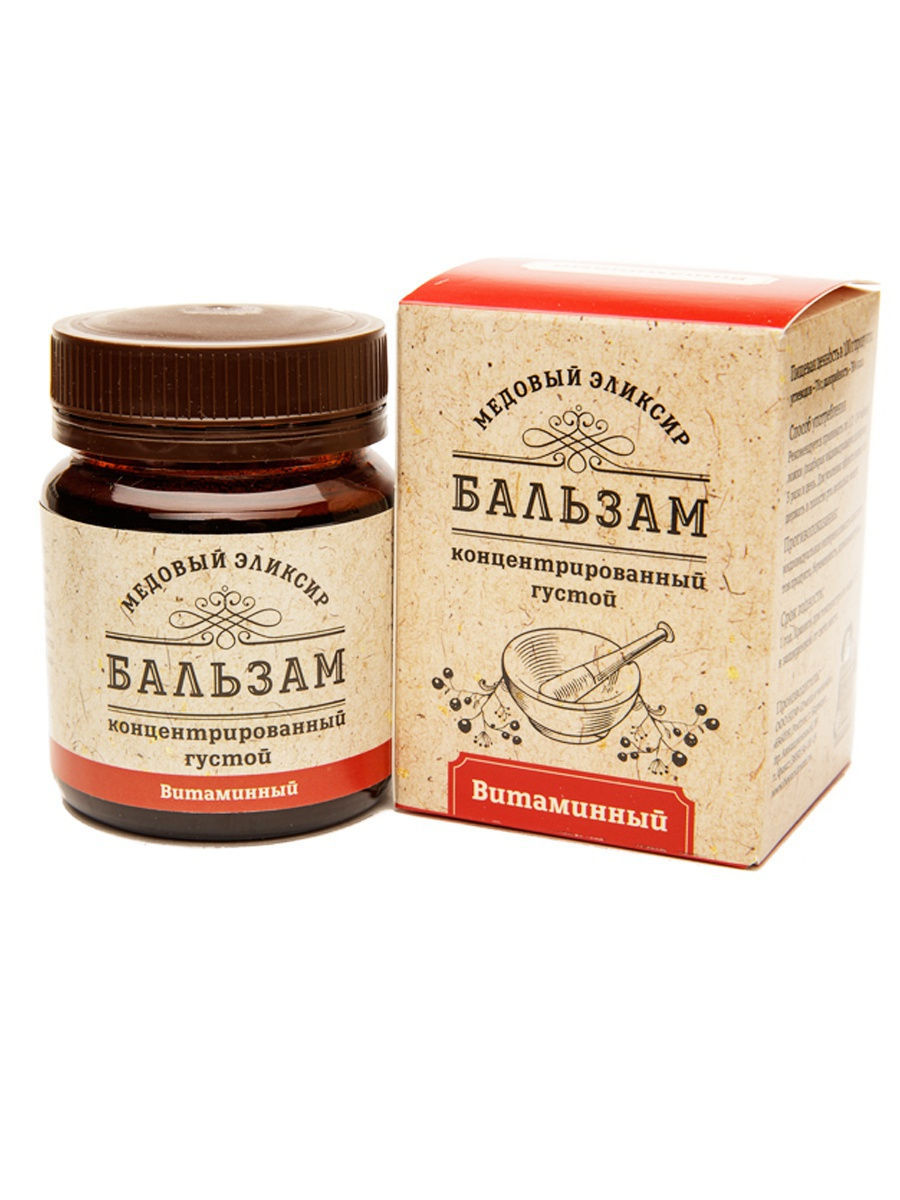
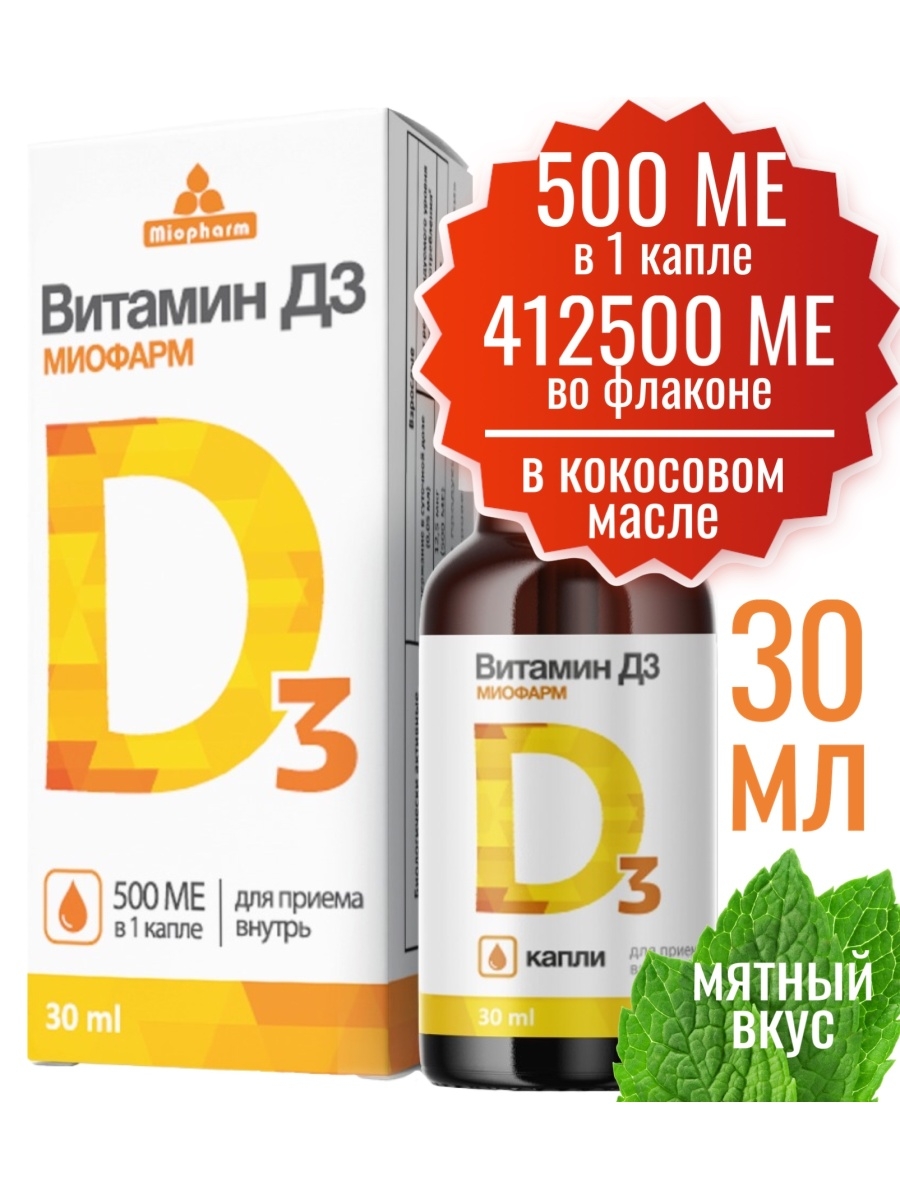





There are no reviews yet.